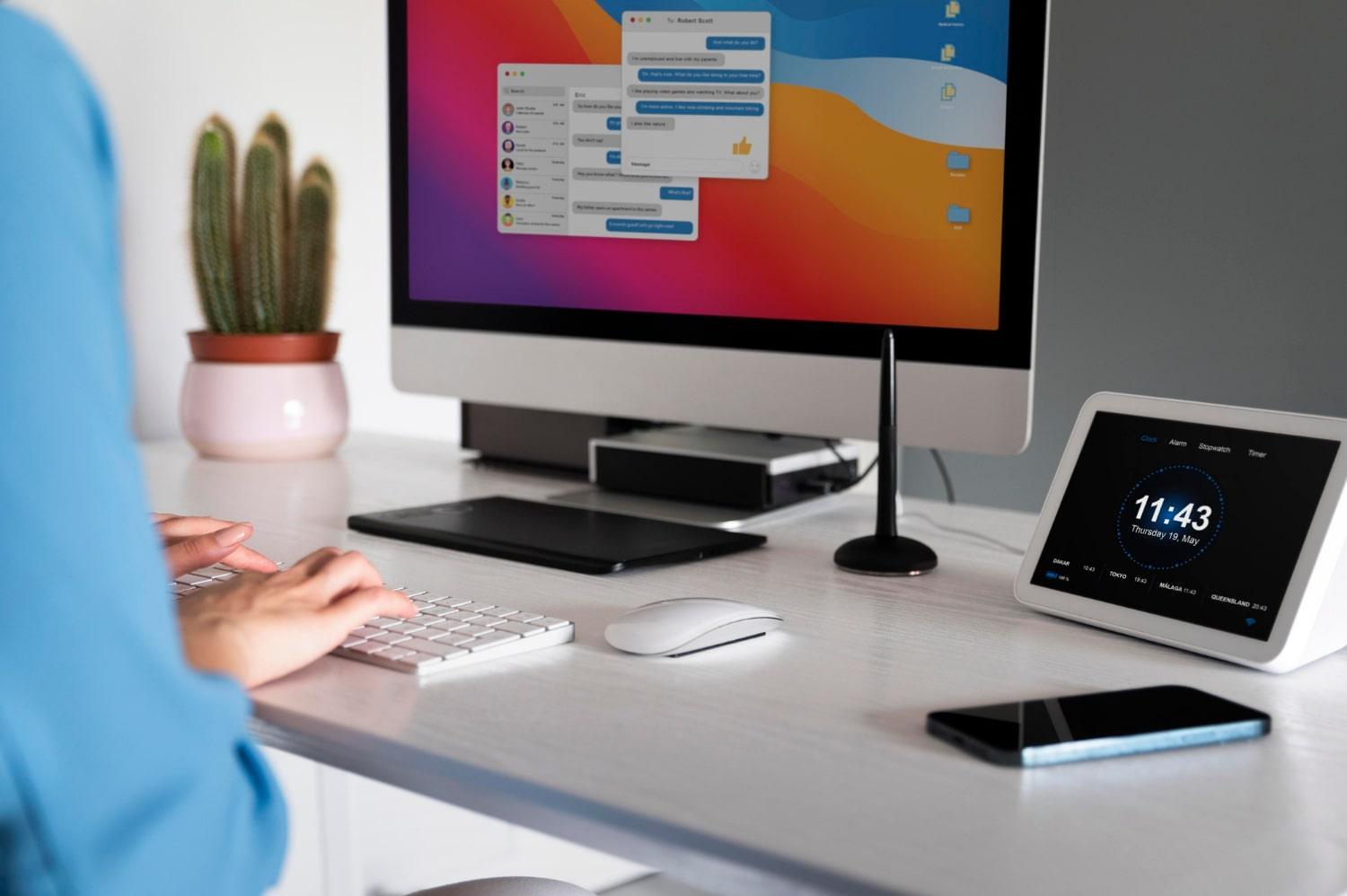Scalping indicators can transform your trading game. They’re the secret sauce that helps you make quick, informed decisions. If you’re ready to dive into the fast-paced world of scalping, understanding which indicators to use is essential. In this guide, we’ll explore the top five scalping indicators that every trader should know. Let’s get you equipped for success!
Contents
What is Scalping and Why Does It Matter?
Scalping is a trading strategy focused on making small profits from numerous trades throughout the day. Think of it as a high-speed dance where every move counts. You’re not holding onto positions for long; you’re in and out, maximizing every opportunity.
Why does this matter to you? Because mastering scalping can lead to substantial profits. With the right indicators, you’ll spot trends and reversals faster, making your trading journey less risky and more rewarding.
The Importance of Using Indicators
Indicators are your best friends in the trading world. They provide valuable insights into market trends, helping you make informed decisions. Here’s why you need them:
- Instant Data: Indicators offer real-time information about market conditions.
- Trend Identification: They help you recognize when to enter and exit trades.
- Risk Management: Good indicators can help you set stop-loss levels, protecting your capital.
Let’s dive into the top five scalping indicators that you should have in your toolkit.
1. Moving Averages (MA)
Moving Averages are the bread and butter of scalping. They smooth out price data, giving you a clearer picture of the trend.
- Simple Moving Average (SMA): This is the average price over a set period. If the current price is above the SMA, it’s a bullish signal; if below, it’s bearish.
- Exponential Moving Average (EMA): This gives more weight to recent prices, making it more responsive to new information.
How to Use MAs for Scalping
- Crossovers: When a shorter MA crosses above a longer MA, it’s a buy signal. The opposite is true for selling.
- Trend Confirmation: Use MAs to confirm the direction of the trend before entering a trade.
2. Relative Strength Index (RSI)
The Relative Strength Index is your go-to for spotting overbought or oversold conditions. It ranges from 0 to 100, with levels above 70 indicating overbought conditions and below 30 indicating oversold.
Applying RSI in Scalping
- Entry Points: Look for RSI reversals at extremes. If the RSI drops below 30 and then rises, that’s a potential buy signal.
- Divergence: If the price is making new highs and the RSI isn’t, it could signal a reversal.
3. Bollinger Bands
Bollinger Bands consist of a middle band (SMA) and two outer bands that represent volatility. When the price touches the outer bands, it often indicates a potential reversal.
Using Bollinger Bands for Scalping
- Breakouts: When the price breaks above the upper band, consider it a bullish breakout; breaking below the lower band can signal a bearish move.
- Squeeze: A squeeze indicates low volatility and often precedes a breakout. Watch for price action when the bands constrict!
4. Stochastic Oscillator
The Stochastic Oscillator compares a security’s closing price to its price range over a specific period. It’s a momentum indicator that shows overbought or oversold conditions.
How to Integrate Stochastic into Your Strategy
- Entry Signals: Look for values above 80 (overbought) and below 20 (oversold) for potential reversals.
- Crossovers: A bullish crossover occurs when the %K line crosses above the %D line, signaling a buy. A bearish crossover is the opposite.
5. Volume
Volume is the unsung hero in the world of trading. It indicates how much of a security was traded in a specific timeframe. High volume signals stronger moves and trends.
Using Volume to Enhance Your Scalping
- Confirm Trends: Always check volume when initiating a trade. Increasing volume confirms the strength of a price move.
- Volume Spikes: Sudden spikes can signal potential reversals or breakouts. Pay attention!
Crafting Your Scalping Strategy
Now that you know the top five indicators, let’s talk about how to craft a scalping strategy using them.
Combining Indicators
While each indicator is powerful on its own, combining them can enhance your trading signals. For instance, you might use the RSI to spot overbought conditions, then confirm it with a Bollinger Band breakout.
Risk Management
Scalping can be thrilling, but don’t forget about risk management. Set your stop-loss orders wisely. Here are some tips:
- Use a Fixed Risk Percentage: Never risk more than 1% of your trading capital on a single trade.
- Adjust Stop-Losses: As your trade moves in your favor, consider adjusting your stop-loss to lock in profits.
Practice Makes Perfect
Before you dive into live trading, practice your strategy on a demo account. This will help you become familiar with how these indicators work in real-time without risking your capital.
Conclusion
Mastering scalping is no small feat, but with the right indicators, you can elevate your trading game. Remember to keep it simple and focus on what works for you. Use Moving Averages, RSI, Bollinger Bands, Stochastic Oscillator, and Volume to guide your decisions.
Bottom Line
Your trading journey is uniquely yours. Embrace these tools, practice diligently, and watch as you become more confident in your trades. It’s not just about making money; it’s about mastering your market.
Are you ready to take the plunge? Start using these indicators today and watch your scalping skills soar!
FAQs
What is the best time frame for scalping?
Most scalpers use 1-minute to 5-minute charts to capture quick movements in price.
Can I scalp with any trading platform?
Yes, most platforms provide the necessary tools to apply these indicators effectively.
How much capital do I need to start scalping?
You can start scalping with a few hundred dollars, but more capital allows for better risk management.
Ready to master the market? Let’s get scalping!








